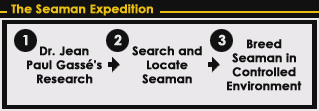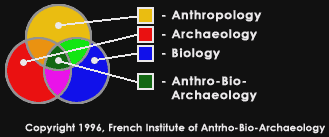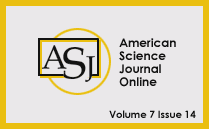

 |
 |
     Click a thumbnail above to see a larger view.

The Seaman Expedition brings together some of the greatest explorers and scientists from America, Japan, and France. Alexandria, Egypt will be their initial base of operations. Alexandria has the advantage of offering the modern facilities of the Oceanic Life Research Institute for the science team and is also the area where a Seaman was most recently caught.

The main points of the expedition are twofold: 1)This will be the main thrust as the bulk of the team conducts a search and study of the Seaman as well as further the research originally started by Dr. Jean Paul Gass�. 2)This will be happening in parallel and consists of successfully breeding the Seaman in a controlled lab environment while receiving input from the field team.
This expedition also allows for the growth of science�s newest field of study: Anthro-Bio Archaeology. Anthro-Bio Archaeology is a field of study unifying the theories of the biological, archaeological, and anthropological sciences.

Until this field was developed, more and more scientists were becoming specialists of their respective fields. Consequently, it grew increasingly difficult to see the whole picture; it was nearly impossible to gather the wisdom of the different disciplines to help solve the greater mysteries plaguing mankind. France was the first to establish a research institute for the study in 1996, quickly followed by Japan. Two members from the expedition team are from each of the institutes.
Key Expedition Team Members:
- Dr. Andrew Resnick-
The famous American explorer leading the Seaman Expedition Team. His knowledge and contacts within the Nile Delta Region are extensive. Resnick has some ten years worth of experience in the area, most recently leading research efforts on the Nile Crocodile during the mid-to-late nineties.
- Dr. Jean-Luc Reno-
A French scientist direct from the Anthro-Bio Archaeology Research Institute in Paris. Reno worked closely with the institute�s director, Professor William Southerland. Reno was a member of Southerland�s research team that studied the egg samples from the Seaman caught near Alexandria in 1997.
- Dr. Kenji Yamato-
Prior to the expedition, Yamato was based out of the Anthro-Bio Archaeology Research Institute of Japan. He worked alongside Professor Kendare Takahashi, the institute�s director, when Takahashi became the first person to successfully breed Seaman eggs in captivity. Yamato will be working on replicating that success in Alexandria.
- Jon Miller
One of American Science Journal�s most talented correspondents, Miller will be there to document and report back to the world the progress of the Seaman Expedition Team. Miller�s most recent and notable work was his piece on the current status and breeding habits of the Coelacanths off the coast of Madagascar.
|


